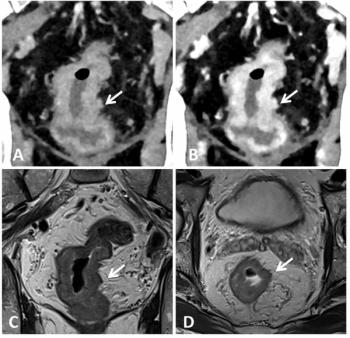
ACR includes 3T magnets in MR accreditation
Increasing use of clinical 3T MR imaging has prompted the American College of Radiology to tweak its accreditation process to include the higher field strength magnets.
Increasing use of clinical 3T MR imaging has prompted the American College of Radiology to tweak its accreditation process to include the higher field strength magnets.
The college began to evaluate 3T magnets last summer. It spent a year gathering data from sites using 3T magnets to ensure consistency in the accreditation process, according to Leonard Lucey, senior director for nonbreast imaging accreditation programs.
"More and more accredited sites are switching from 1.5T to 3T. We're responding to our members' needs," Lucey said.
The accreditation process for 3T scanners is under the same program as 0.5T and 1.5T machines. The phantom was primarily set up for the lower strength scanners, however, and the physics for 3T are much different. Therefore, physicists had to make minor adjustments in the testing criteria so sites could use the same phantom. A phantom costs $730.
The move to include 3T in the MR accreditation process comes at a time when third-party payers increasingly require sites to be accredited in order to get paid. Several states require accreditation as well, and Congress is investigating whether it should enact national quality standards for performing and interpreting outpatient diagnostic imaging covered by Medicare.
In another move, the ACR recently discontinued its radiography/fluoroscopy accreditation program, which started three years ago. The interest in it has been less than anticipated, Lucey said. The accreditation process for radiography and fluoroscopy is labor-intensive and takes many resources. Coupled with the fact that no third-party payers require such accreditation, the program just didn't take off.
The challenge for the future will be devising accreditation programs for niche imaging such as breast MR, according to Lucey. Current MR accreditation is for whole body. Facilities are required to send images of the brain, abdomen, and periphery.
"We'll have to decide how something like breast MR will fit into our program, or if we need to design a new program," he said.
For more information from the Diagnostic Imaging archives:
Newsletter
Stay at the forefront of radiology with the Diagnostic Imaging newsletter, delivering the latest news, clinical insights, and imaging advancements for today’s radiologists.



























